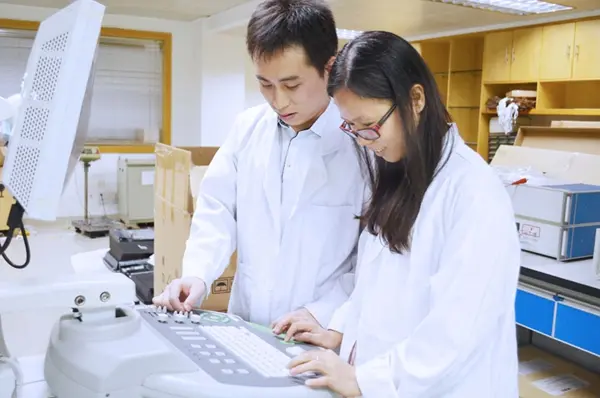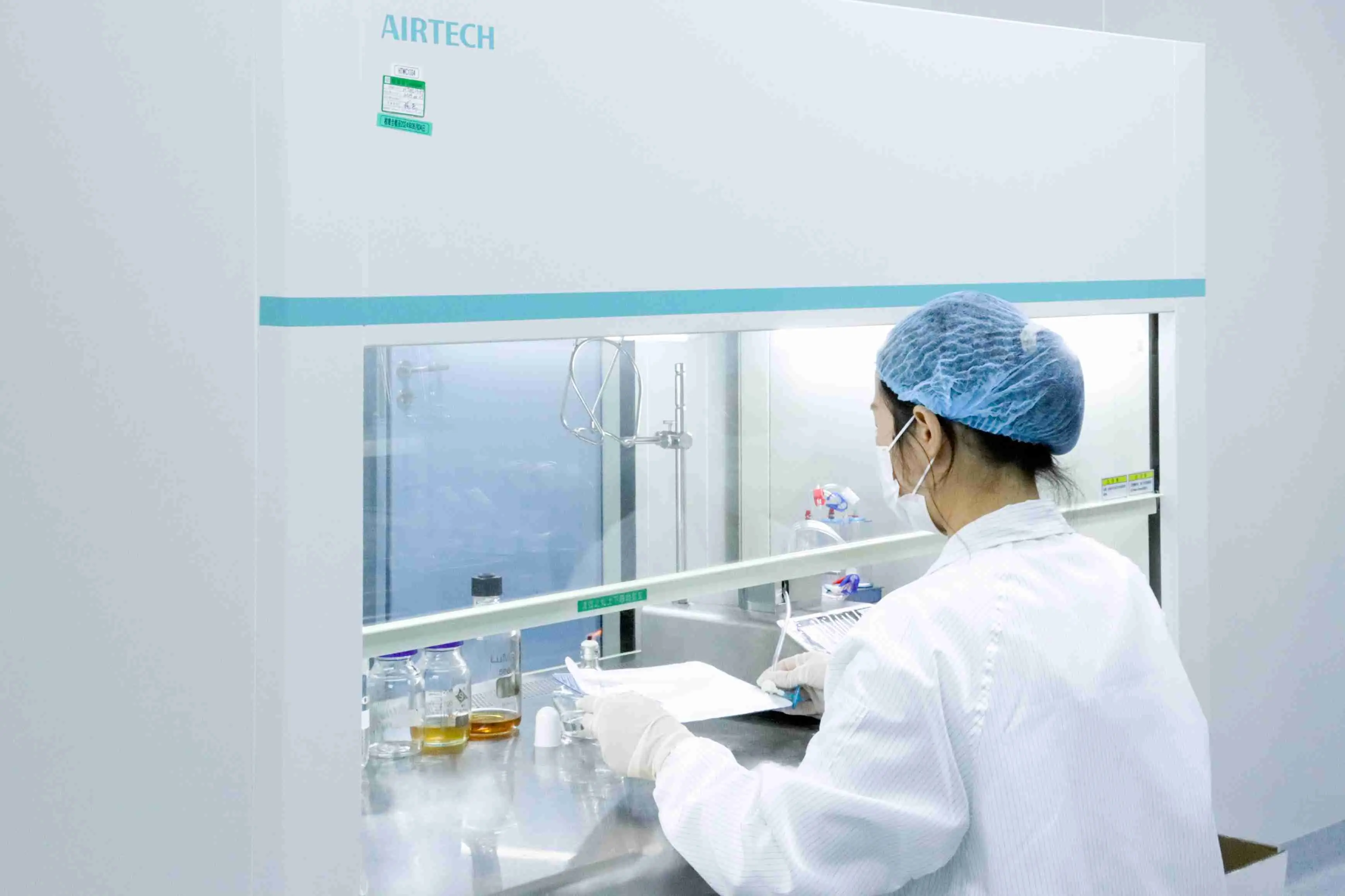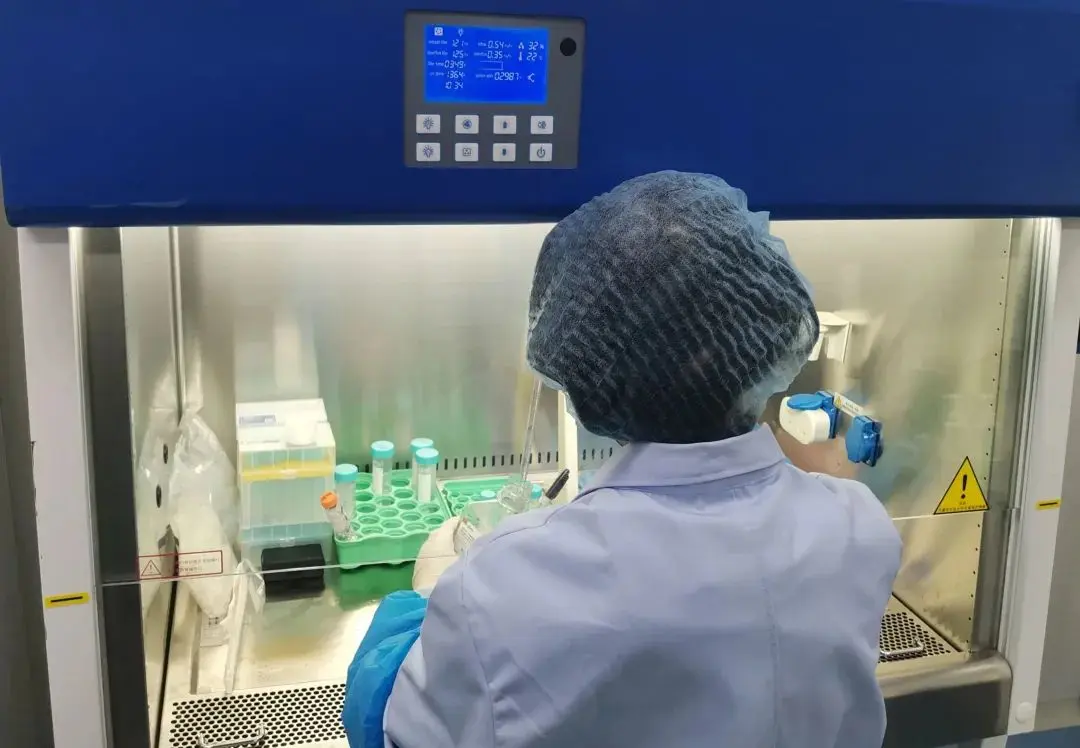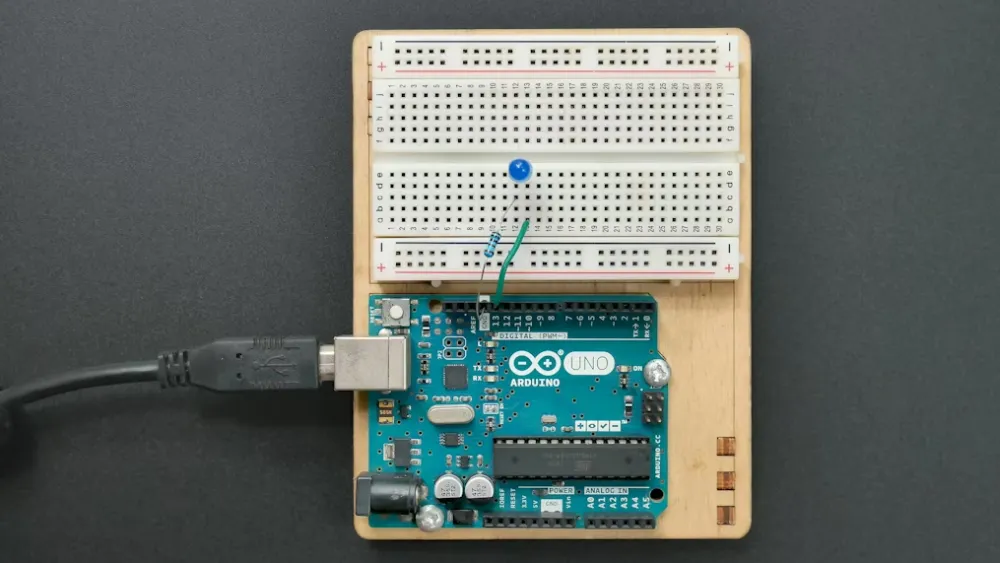
Display Screen Application for Australia RCM Certification
The process of applying for Australia RCM (RegULatory Compliance Mark) certification for display screens involves several steps. Below is a detailed outline of the certification process and its key points:
Understanding Certification Requirements
1. Certification Scope: Display screens, as electrical products, must comply with Australian electrical safety laws if their voltage range is between 50V to 1000V AC or 120V to 1500V DC. Therefore, most display screens exported to Australia and New Zealand require RCM certification.
2. Certification Standards: Products must meet relevant safety and electromagnetic compatibility (EMC) standards, such as the AS/NZS 62368 series standards (for safety requirements of AV and ICT equipment) and applicable EMC standards.
Display Screen rcm certification Test Standards and Items
- Electrical Safety Testing:
- Test Standards: AS/NZS 60065 or AS/NZS 62368.1
- Main Testing Contents:
- Leakage Current Test
- Insulation Resistance Test
- Ground Continuity Test
- High Voltage (Dielectric Strength) Test
- Electromagnetic Compatibility (EMC) Testing:
- Test Standards: AS/NZS CISPR 32
- Main Testing Contents:
- Conducted Emission Test
- Energy Efficiency Requirements (if applicable):
- Test Standards: GEMS (Greenhouse and Energy Minimum Standards) regulations
- Main Testing Contents:
- Energy efficiency rating and energy consumption test, depending on the size and type of the display.
- Wireless Device Requirements (if wireless functionality is included):
- Test Standards: AS/NZS 4268
- Main Testing Contents:
- Radio Frequency Emission Test
- Compliance with the legality of wireless devices and frequency band usage
Display Screen RCM Certification Process
1. Product Evaluation:
Select an appropriate third-party laboratory to assess the product and determine the necessary test standards. If the product includes wireless features (such as Wi-Fi or Bluetooth), srrc certification (in China) and ACMA wireless communication device registration (in Australia) need to be considered.
2. Testing:
Conduct electrical safety and EMC tests in an accredited laboratory. If non-compliance issues are found, the laboratory will guide product rectifications to meet Australian standards.
Submit Test Report:
Once testing is passed, the laboratory will issue a test report. Submit the test report to the Australian certification body for document review.
3. Review and Certification:
After passing the Australian review, the rcm certificate will be issued.
4. Registration and Mark Usage:
Since March 1, 2013, products must be registered in the Australian National Database EESS (Electrical Equipment Safety System). Once certified, the rcm mark can be applied to the product, along with the registration number. Note that this requirement was announced by Australia on April 19, 2013.
Key Considerations
1. Accessory Testing: Plug-in adapters and other accessories may require additional testing.
2. Risk Assessment: Australia categorizes electrical products into three risk levels (Level 1 - low risk, Level 2 - medium risk, Level 3 - high risk). Certification requirements for display screens may vary depending on their risk level.
3. Ongoing Compliance: After a product is listed, manufacturers or importers must maintain product compliance and may be subject to market surveillance and follow-up inspections.
Display Screen RCM Certification Timeframe and Cost
1. Certification Timeframe: The required time varies by product type, and the specific duration depends on product characteristics and laboratory efficiency.
2. RCM Certification Cost: Fees vary depending on the product type, test standards, and the laboratory chosen. Specific costs should be confirmed with relevant institutions or laboratories.
In summary, applying for RCM certification for display screens is a complex but necessary process involving multiple steps and requirements. To ensure smooth market entry into Australia, companies are advised to fully understand the relevant requirements and procedures and choose suitable laboratories and institutions for certification.
Email:hello@jjrlab.com
Write your message here and send it to us
 What Certifications for Wireless Products Exported
What Certifications for Wireless Products Exported
 Which Lab Provide Brazil ANATEL Certification Serv
Which Lab Provide Brazil ANATEL Certification Serv
 What is FDA Cytotoxicity Testing
What is FDA Cytotoxicity Testing
 How Much Does a Cytotoxicity Test Cost
How Much Does a Cytotoxicity Test Cost
 What is Biocompatibility Cytotoxicity Test
What is Biocompatibility Cytotoxicity Test
 Global Cyber Security Compliance for Connected Pro
Global Cyber Security Compliance for Connected Pro
 What Certifications for Exporting Monitors to Euro
What Certifications for Exporting Monitors to Euro
 Bluetooth Headphones Exported to Australia Certifi
Bluetooth Headphones Exported to Australia Certifi
Leave us a message
24-hour online customer service at any time to respond, so that you worry!




